Ideas on how to collect vintage Art Deco figures. A beginner’s guide on identification and valuation of Art Deco miniatures.
Art Deco figurines are at the very heart of the leading style movements in the 20th century. Art Deco, unlike other art movements with a radical political and social undertone, was purely meant for decorative purposes.
Art Deco is short for Exposition Internationale de Arts Decoratifs et Industriels Modernes held in Paris in 1925.
Art Deco figures were the epitomes of the flamboyant style in the Roaring 20s – bright colors, exotic materials, geometrical patterns, and stylized shapes. Popular Art Deco figures were made from porcelain and bronze though others were made in bakelite and glass.
Art Deco figurines mostly depicted fashionably dressed women in streamlined shapes. Art Deco miniature figures were the first to be mass-produced.
The period between 1920s to the 1960s was at the height of the Machine Age. Art Deco figurines were considered miniature works of art that were readily affordable and were collected widely.
Art Deco porcelain figurines
Art Deco porcelain figures illustrated the modern woman. This is the era when ladies started to participate in sports, had shorter hair, and listened to jazz.
The famous Art Deco ceramic figurine makers were the new comers in the figurine industry. Leading European porcelain makers like Meissen continued to make Rococo-inspired pieces.
Popular Art Deco porcelain figures were made by Goldscheider, Lenci, and Kathleen Parsons for Crown Devon. The Rosenthal Art Deco figurine of women in motion series are sought after by figurine collectors worldwide.
How to spot a real Art Deco porcelain figurine:
• Art Deco porcelain figures depict scantily clad dancers, slim women in fashionable dresses, ladies in sports wear. Lenci and Rosenthal settled for less conventional poses: women sunbathing, applying liptsick, and dancing.
• Porcelain Art Deco figurines may have vivid colors but designers like Goldsheider often use light colors on detailed areas.
• Valuable ceramic Art Deco figures have the designer’s signature at the base.
• Art Deco ceramic figures are stark white or has a tinge of ivory.
• There are also nude figures in stylized forms.
Art Deco bronze figures
Art Deco bronze figurines were often made from an amalgam of bronze and ivory called chryselephantine that echoed ancient Greek sculptures. Other Art Deco figures were cast in bronze then gilded or silvered.
Bronze Art Deco figures were more geometrical than its porcelain counterpart. The long limbs of women dancers and animals were given much emphasis. Common themes in bronze Art Deco figurines were sensual forms of naked women, Amazonas, and athletes.
Leading Art Deco bronze figure designers were Max le Verrier, Demetre Chiparus, Ferdinand Preiss, Gerda Iro Gerdago, Paul Philippe, Joe Descomps, Josef Lorenzi, and Pierre le Faguays, to name a few.
Clues for authentic Art Deco bronze figures:
• Art Deco bronze female figures also adorned lamps, wall brackets, and ashtrays.
• Popular themes of bronze Art Deco figurines were ballet and sports. Sensual female figures were simplified in curvilinear forms and geometric planes were also common.
• The Art Deco designer’s signature is often found at the bottom of the base. The marble base was often two-tones.
• Female Art Deco bronze figurines often had short cropped hair, the fashionable hairstyle in that era.
• Art Deco bronze animal figurines also had curvilinear shapes.
Where to buy Art Deco figurines
There are many websites specializing in Art Deco items. Most of these online shops buy and sell Art Deco figures. You can also check out the local antique store for pieces dating back to the 1920s to the 1960s.
It always helps to have an Art Deco figurines guide as reference when you are inspecting a piece. Remember, like other there are plenty of fake figurines that can pass as Art Deco in style.
Even big time dealers have been fooled by fake Art Deco figures made with chalk plaster instead of high quality ceramics. Always make sure to look for the artist’s signature at the base to be sure the piece is authentic.
Value of Art Deco figures
Many have asked “is my Art Deco dancing figurine worth anything?”
Goldscheider dancing female figurines are perhaps the most widely collected. Some are even pegged at £1,000. Typical Art Deco porcelain figures are sold at £200 to £500.
Bronze Art Deco lady figurine by Lorenzl from the 1930s can fetch a price between £900 and £ 1,100. The more valuable Art Deco sculptures made from chryselephantine can go as high as £4,000.
Beginning Art Deco figurine collectors might want to consider other Art Deco figures made from Bakelite, crystal, or exotic wood which have a broader price range. Art Deco mini sculptures and figurines have a strong collector demand. You can easily make profit in the second hand market.

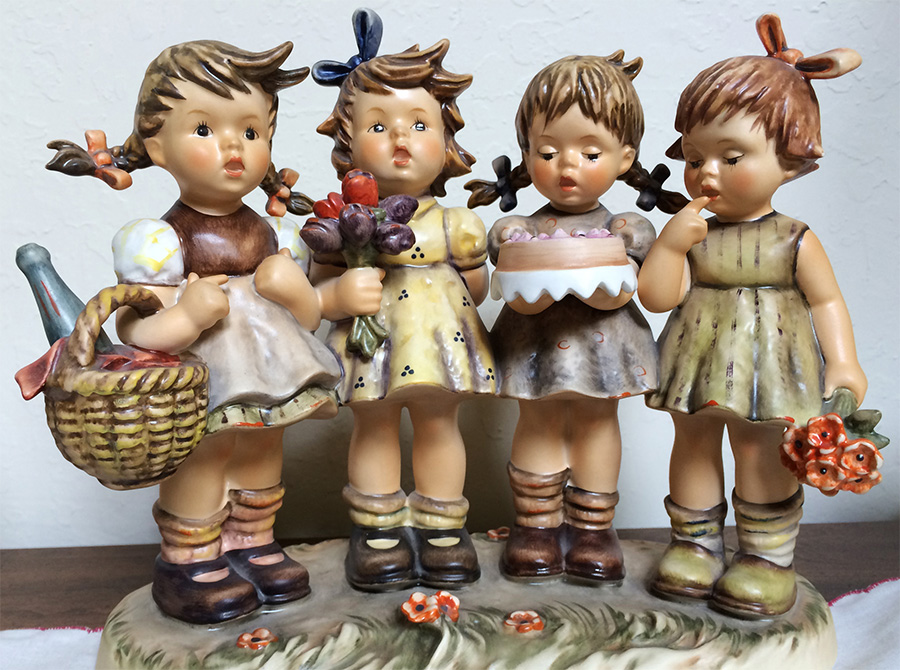
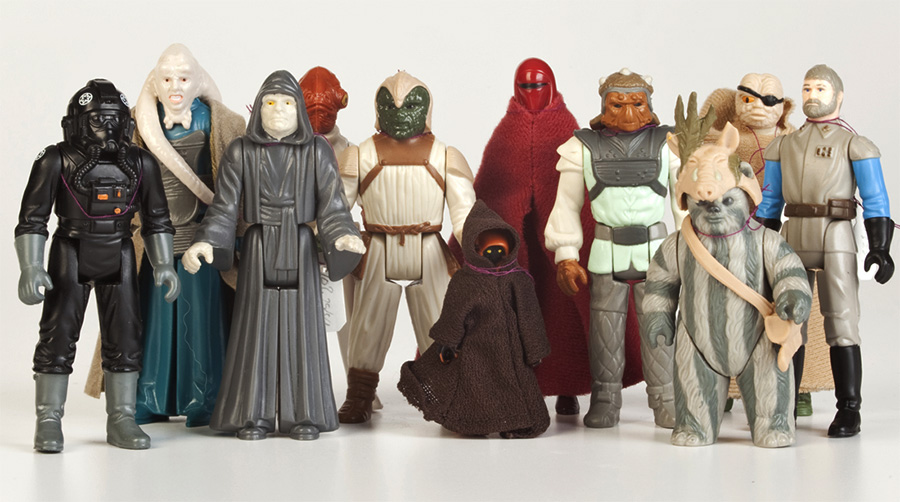
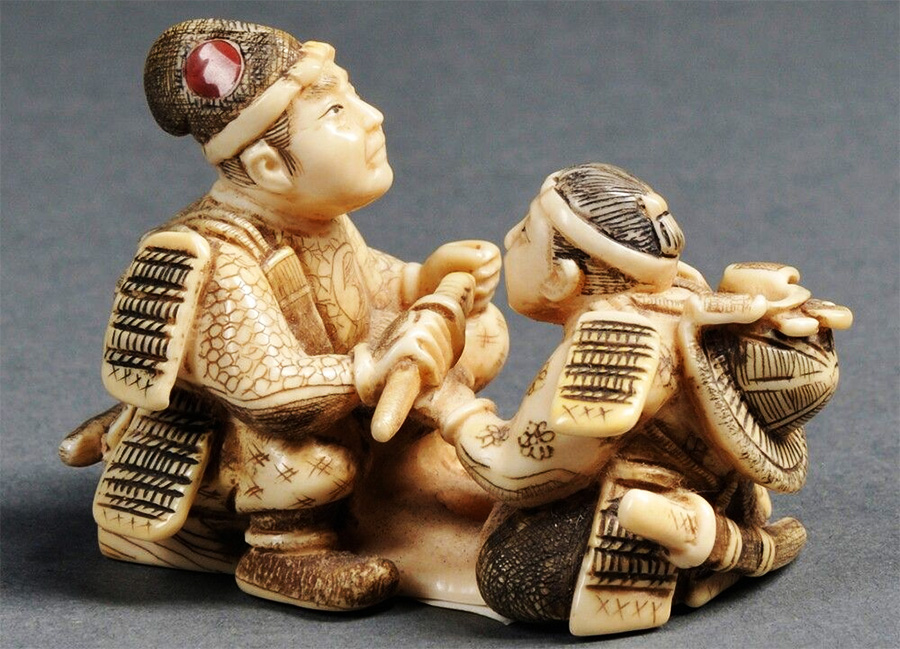
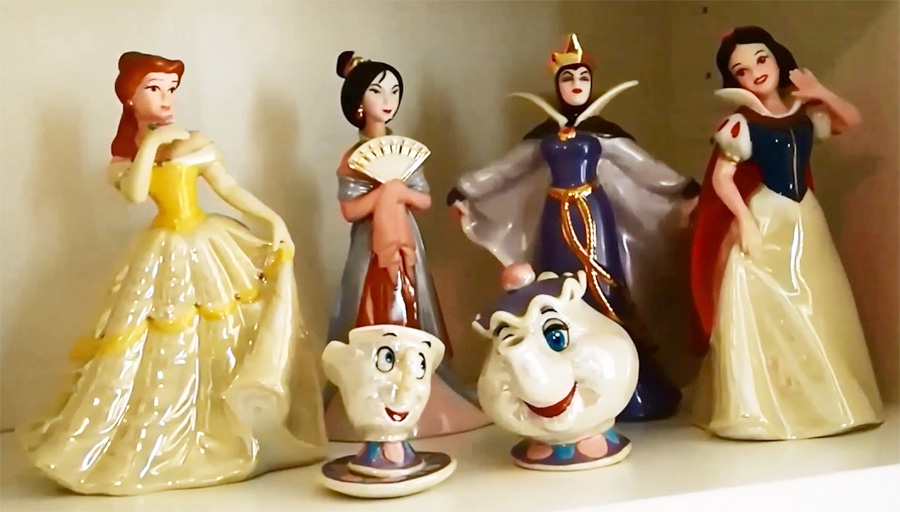
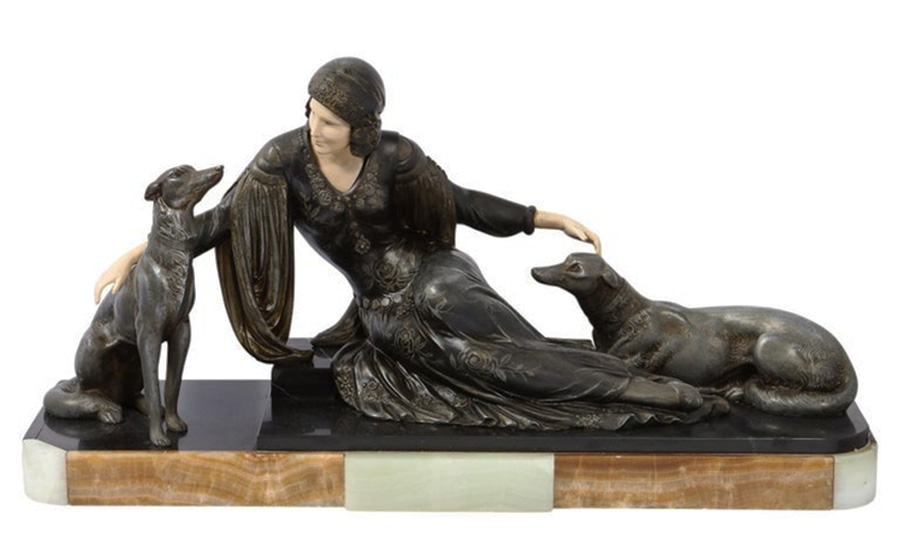
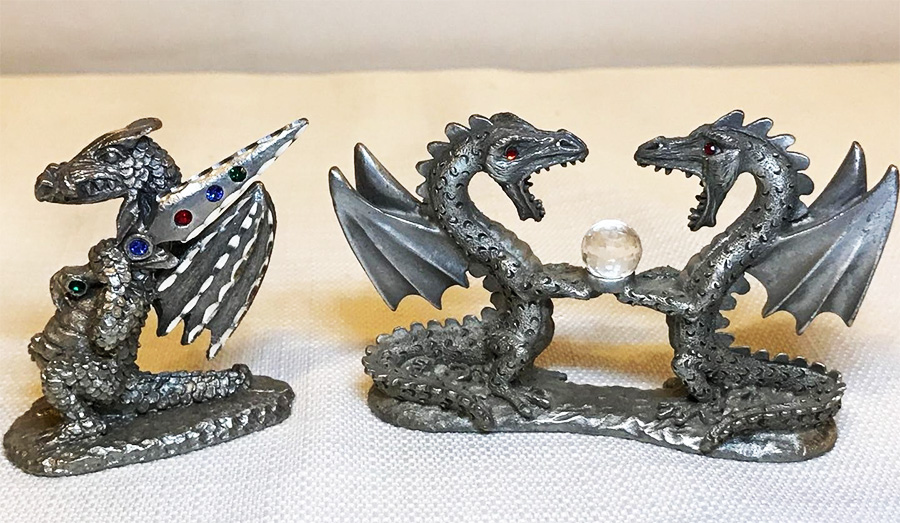


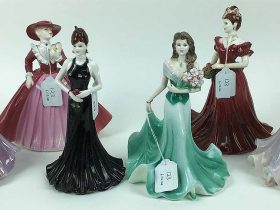
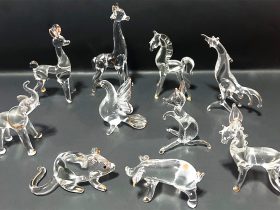
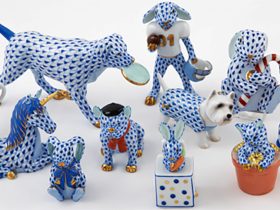
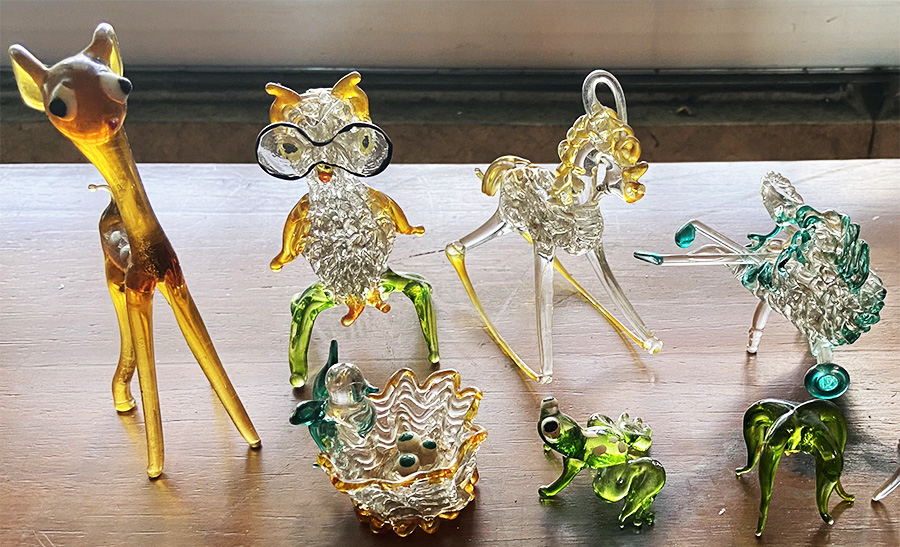
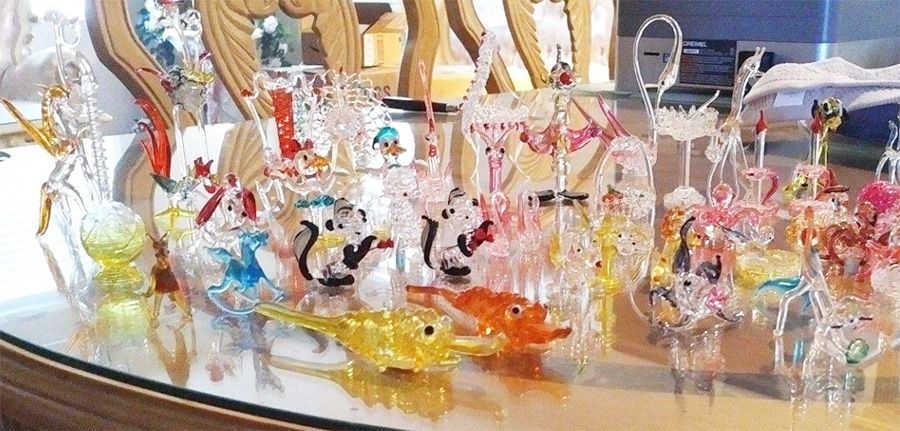
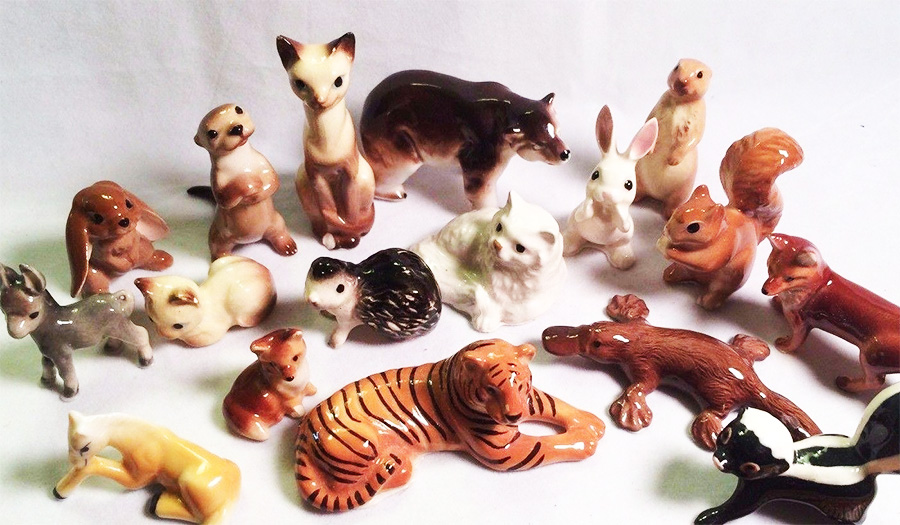
Leave a Reply